How Customer Care Teams Can Tap Into Conversational Commerce to Boost Customer Satisfaction and Loyalty

These days, consumers expect outstanding experiences throughout the purchase journey. While customer experience is a cross-functional responsibility, there’s one team that plays a particularly critical role: the customer care team.
Customer Care Reps: The Unsung Heroes
Your customer care representatives are brand ambassadors. They’re the folks interacting with customers day in and day out. These interactions have a huge impact on a consumer’s behavior – for better or for worse.
Per Salesforce research, 78% of consumers have made a purchase decision based on the quality of customer service. And 94% say that a positive customer service experience increases their likelihood of making another purchase.
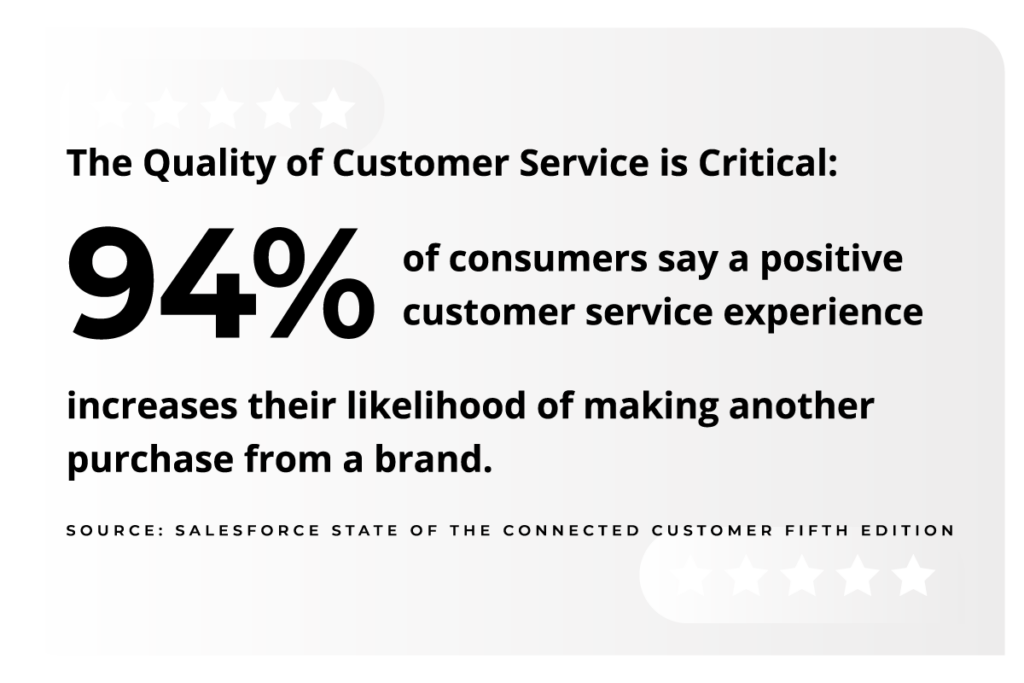
Conversely, nearly half of consumers have switched brands for better customer service.
The ways consumers want to engage with customer service are changing. Brands must adapt accordingly – and provide their customer care teams with the tools needed to deliver great experiences via customers’ preferred channels.
Consumers’ Communication Preferences are Changing
In the past, if a customer required customer service, they had no choice but to visit a store or pick up the phone and dial an 800 number. Today, they have more choices.
Increasingly, consumers are choosing digital channels to connect with brands. Per Salesforce’s State of the Connected Customer report, 57% of consumers prefer to engage with companies via digital channels. That number is significantly higher – 65% – among Gen Z and Millennial consumers.
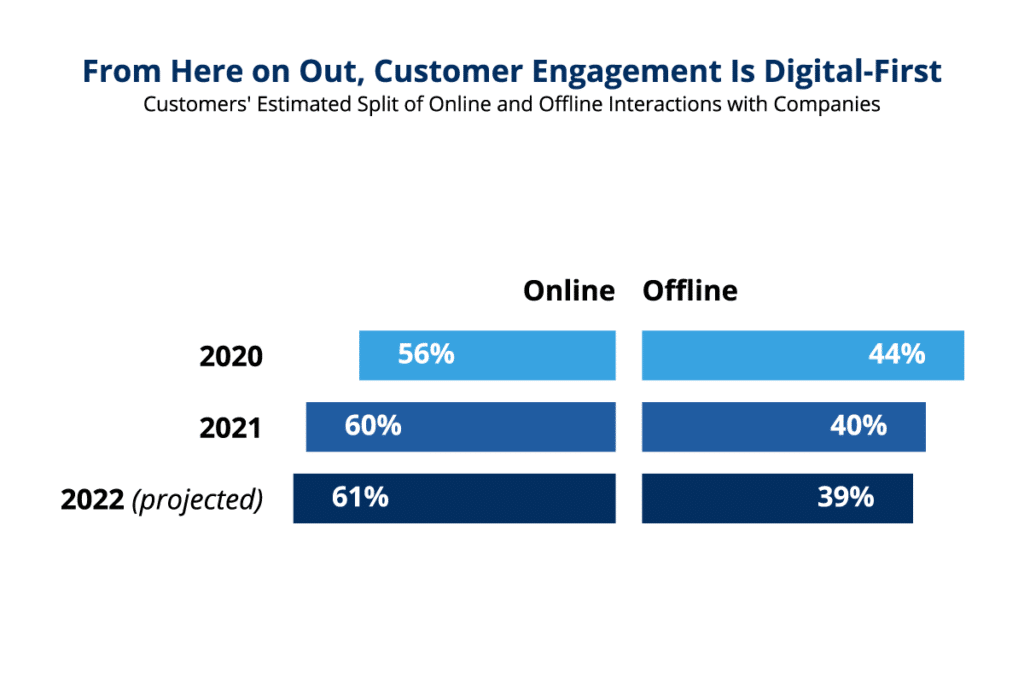
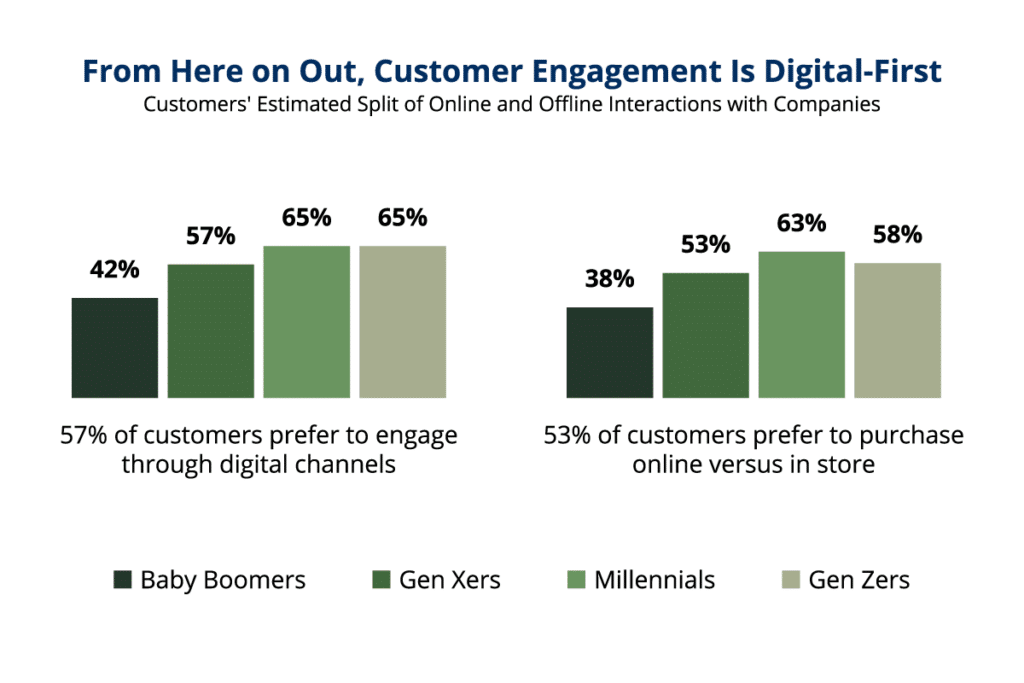
When consumers reach out to a brand, they expect speed. 83% expect to interact with someone immediately when they contact a company.
And, they expect personalized experiences. Nearly three-quarters of consumers expect companies to understand their unique needs and expectations.
Conversational commerce channels are the ideal channel for meeting these expectations. So it’s not surprising that many consumers are using them to connect with brands.
According to an article in PC Magazine, 85% of mobile phone users prefer to connect with brands via messaging, rather than emails and calls. And, per Meta, three-quarters of consumers will message a business to make a purchase or reservation.
Conversational Commerce: The Ideal Way for Customer Care Teams to Connect with Consumers Throughout the Purchase Journey
Increasingly, consumers are seeking out service via conversational commerce channels. It’s time for customer care teams to embrace these channels.
In fact, conversational commerce is an ideal channel for customer care teams to provide great experiences – wherever a consumer may be on the shopping journey. These great experiences boost satisfaction, sales, and loyalty.
Here’s a closer look at how customer care teams can tap into conversational commerce to deliver winning experiences throughout the purchase journey.
Pre-purchase: Answering Questions and Offering Advice and Recommendations
If a customer is shopping in a brick-and-mortar store and has a question or needs advice, they can seek out a sales associate. In fact, this is one of the biggest benefits of in-store shopping.
But that doesn’t mean those shopping online are left high and dry.
Those browsing online can opt to leverage conversational commerce channels to get answers to their questions – as well as guidance on finding the products or services that best fit their needs.
Brands can leverage a blend of AI and human interaction to meet the needs of these shoppers early in the purchase journey. For example, a consumer browsing for LEGO sets can reach out via chat, and Sophia the chatbot can provide product information and availability.
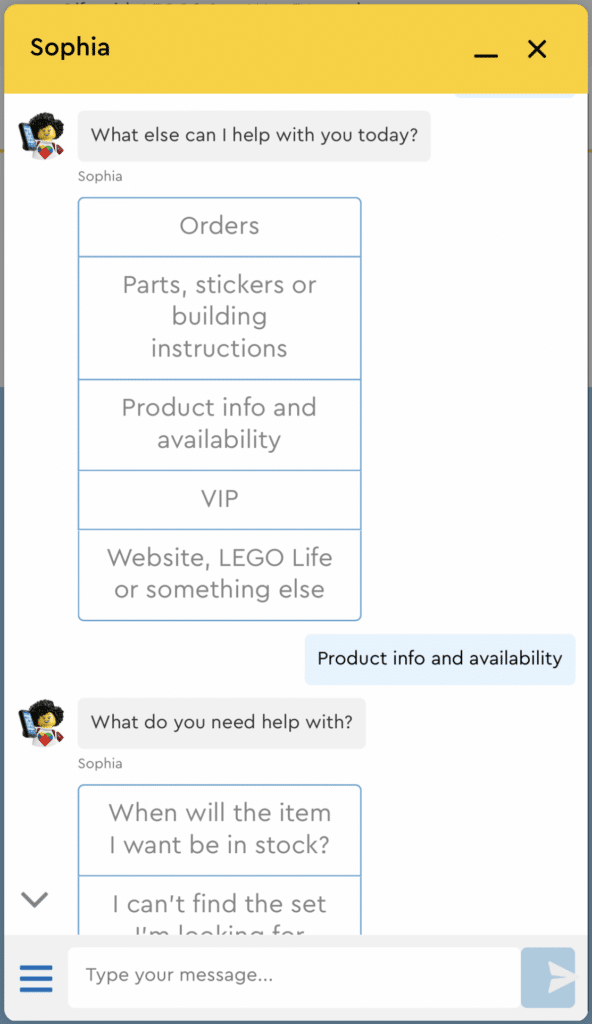
Another consumer looking for a new paint color for their living room can reach out via Betty, Benjamin Moore’s virtual color assistant. The customer answers a series of questions about their project – and Betty provides custom recommendations.
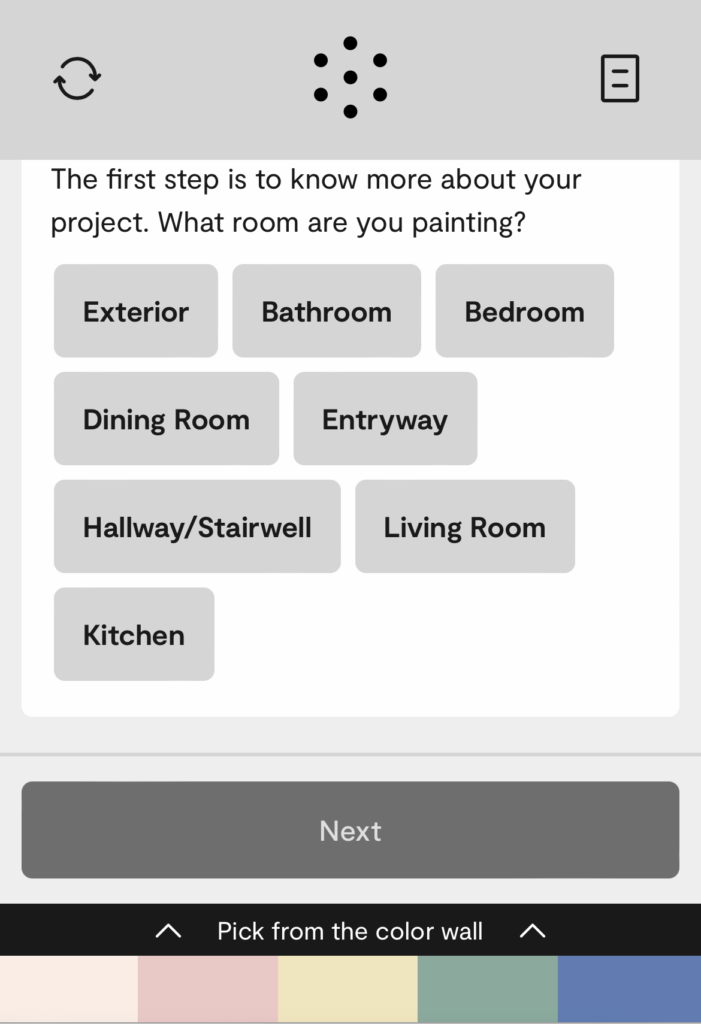
Or, consider a consumer shopping on a beauty retailer’s website for foundation. She feels overwhelmed by her options, so she reaches out to customer service via messaging. Initially, she interacts with a chatbot, who asks for more details about her needs. Then, she’s transferred to a live agent who can help provide personalized recommendations.
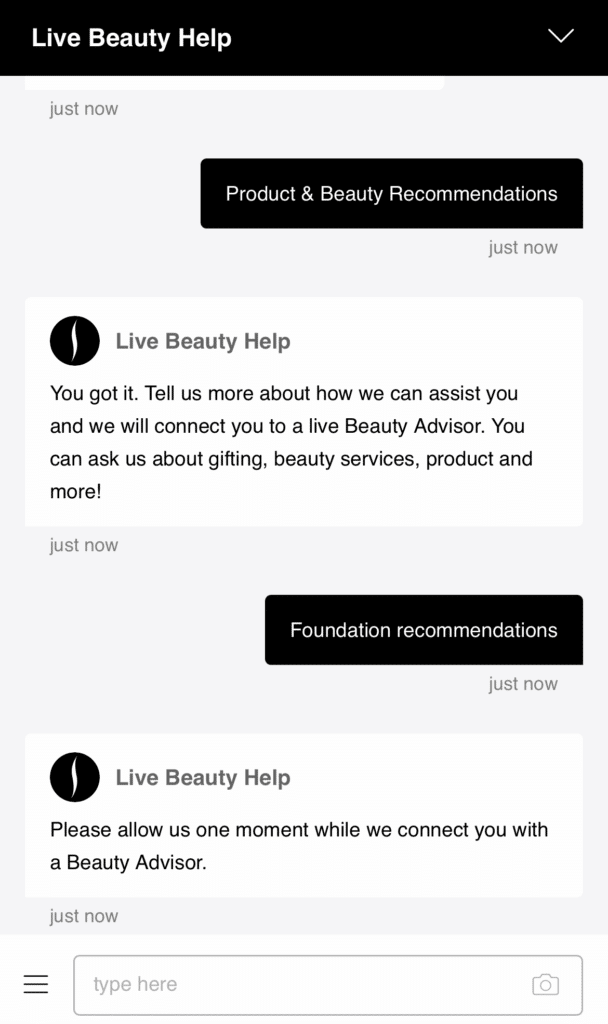
When consumers receive excellent pre-purchase service, they’re more likely to convert from browsers to buyers. Remember: more than three-quarters of consumers have made purchase decisions based on the quality of service they received!
During Purchase: Increasing Conversion and Collecting First-Party Data
The top goal of any business is to grow sales. Customer service teams can tap into conversational commerce channels to achieve that goal.
Once a customer gets their questions answered – and perhaps gets some personalized recommendations from the brand – they’re ready to confidently make a purchase. In some cases, they can make a purchase directly within the conversation. For example, a consumer can turn to Dom, the Domino’s ordering assistant bot, to place a new order (or a reorder).
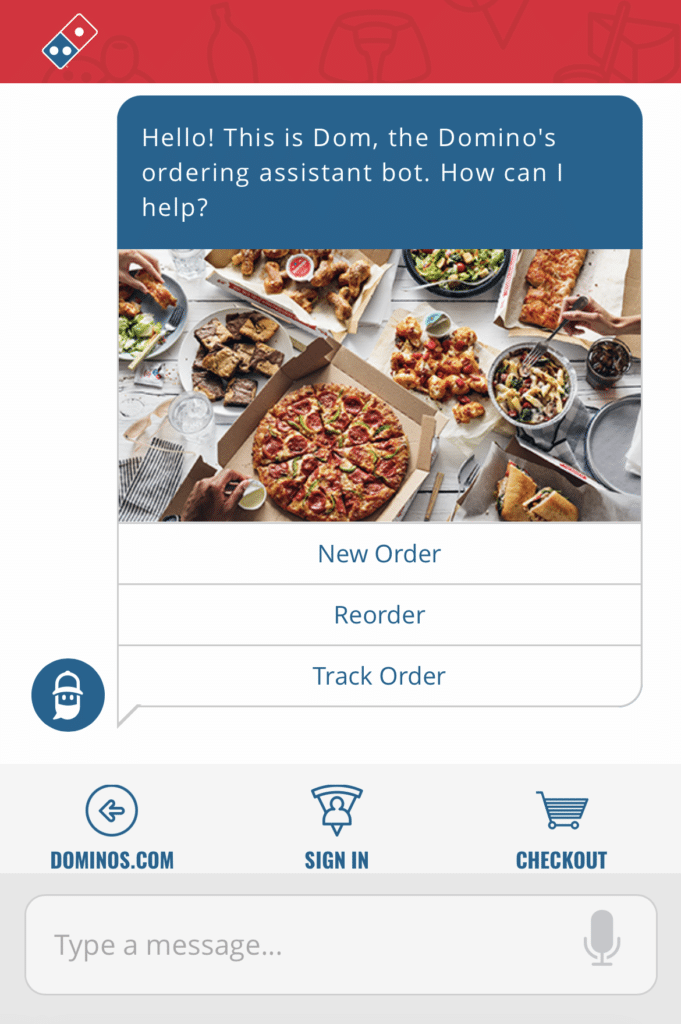
In other cases, the consumer might purchase an item to be delivered to their home. Or, they might pay for an order, which they can then pick up at a brick-and-mortar store. Remember the consumer we mentioned earlier who was seeking out paint color recommendations? They can purchase samples of the recommendations they liked – or schedule a live color consultation – right within the chat.
Of course, there will be instances when the consumer just isn’t ready to make a purchase yet. Customer care teams can use conversational commerce channels to collect first-party data about the shopper. That data can then be used to develop personalized offers and communication, which can lead to a future sale.
Post Purchase: Increasing Customer Satisfaction and Loyalty
A customer converted. But that doesn’t mean the purchase journey is over.
There are any number of reasons a consumer might reach out to customer service after making a purchase. Conversational commerce channels are an effective way to address any of these reasons.
For example, a consumer might want to track a recent order. Or, they may need to initiate a return. The shopper can leverage conversational commerce channels – powered by AI – to address any of these issues 24/7.
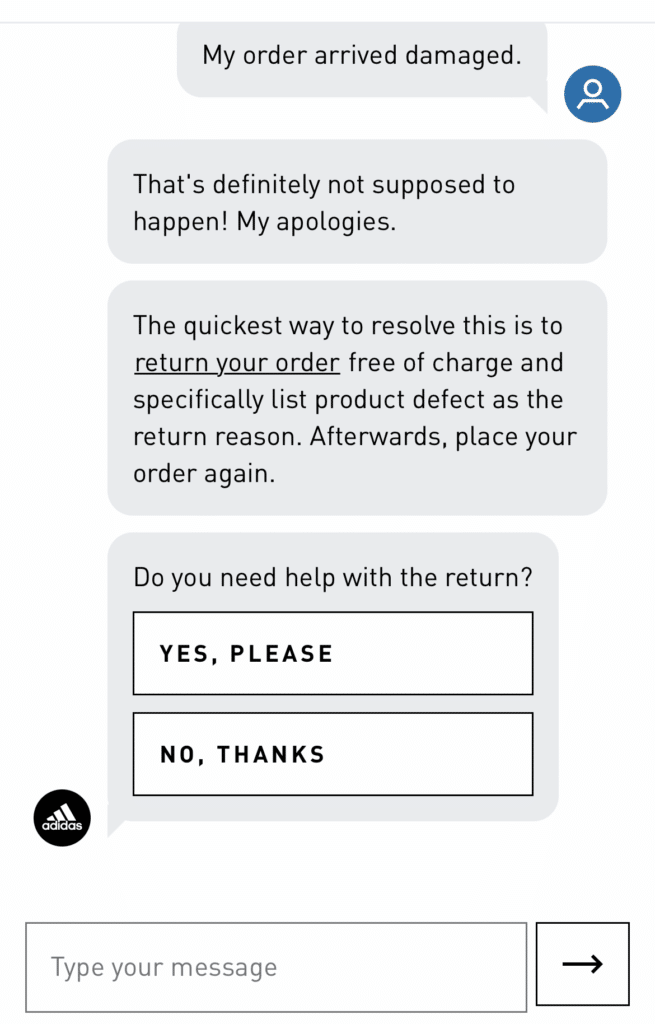
Or, perhaps the customer has a subscription service – and needs help updating their plan. They can pose their question via a conversational commerce channel and receive a knowledge article that addresses the topic.
In both cases, getting instant support will increase the customer’s satisfaction – and loyalty.
Sometimes, a shopper may need to be transferred to a live human for more complex matters.
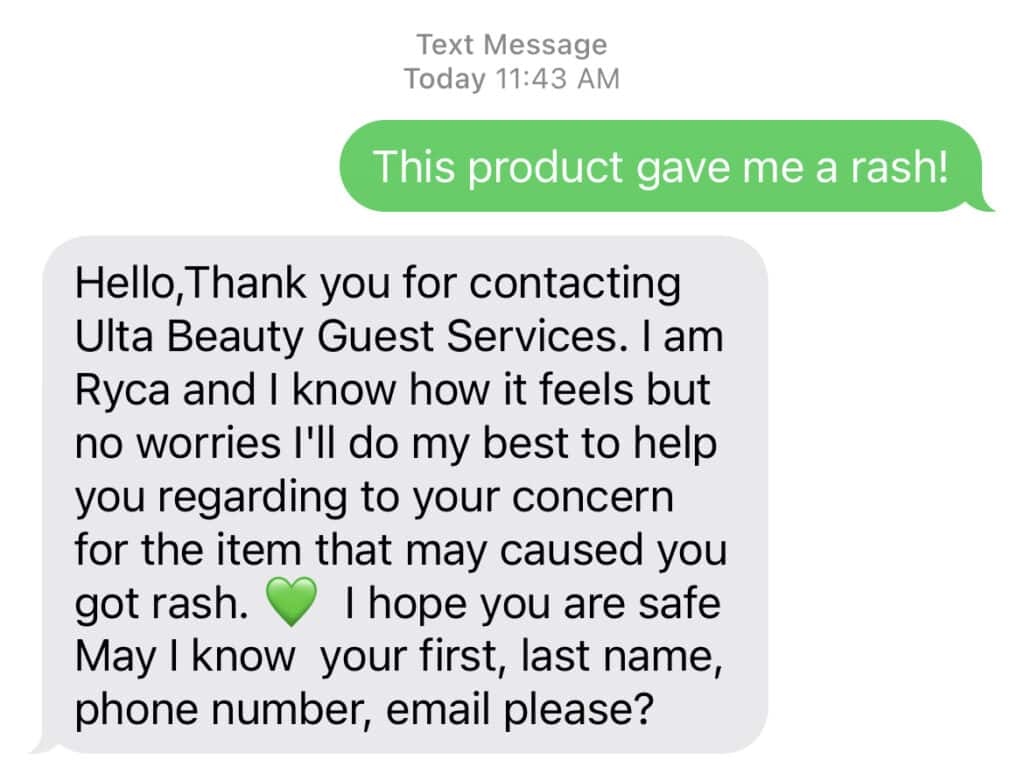
If the customer care agent addresses their concern in a timely manner, it can restore the customer’s trust – and their likelihood of giving the brand another try.
Equip Your Customer Care Team with the Tools They Need for Conversational Commerce Success
Conversational commerce channels are a great means to deliver service throughout the customer journey. And increasingly, these are the channels consumers prefer.
But managing conversational commerce – on top of other support channels – can be a challenge. There are so many conversational commerce channels out there, and each is managed through a different platform. Customer care teams are stretched thin as it is!
It’s critical to provide your customer care teams with the tools they need to deliver great, seamless experiences via these channels – without sinking a ton of time into doing so.
Today, customer-centric brands across industries leverage Salesforce Digital Engagement to empower their customer care teams to deliver winning, engaging experiences throughout the customer journey across channels. And Messaging Studio from 1440 allows these brands to pull even more conversational commerce channels into Salesforce. That means these businesses can manage all key conversational commerce channels without leaving Salesforce.
In addition, winning service organizations look for opportunities to weave automation and AI into their processes. Doing so is a win-win. Customers get 24/7 access to the support they need. And customer care agents have lightened caseloads. That means they can dedicate more time and attention to cases that require human interaction.
With Salesforce Digital Engagement and 1440, customer care teams are well-positioned to deliver winning customer experiences. Those great experiences will boost conversion and loyalty.
Want to see firsthand how 1440 helps winning brands deliver great experiences across channels? Contact us to schedule a live, personalized demo.